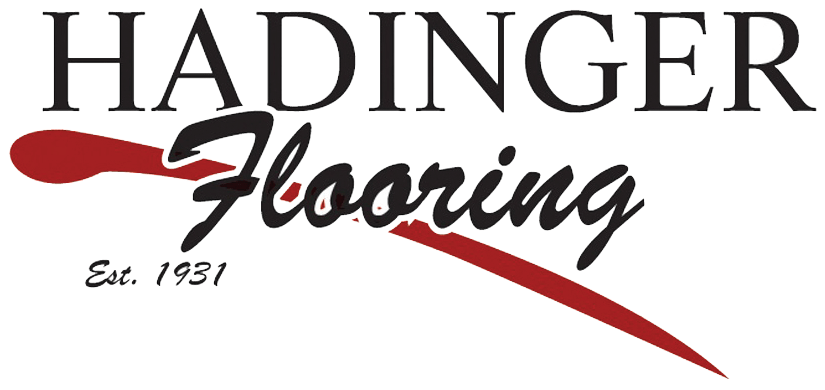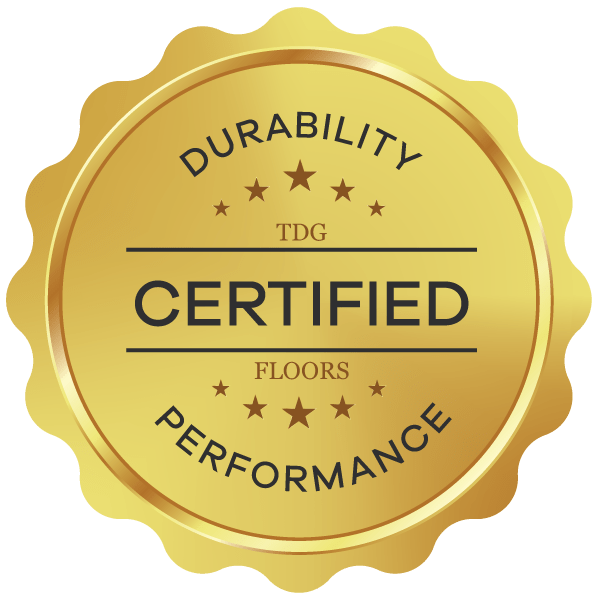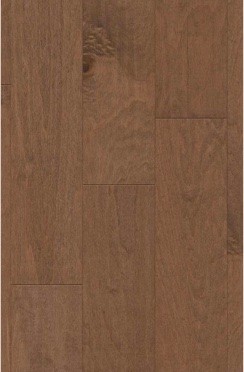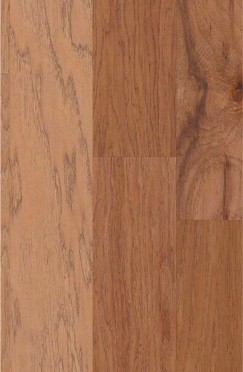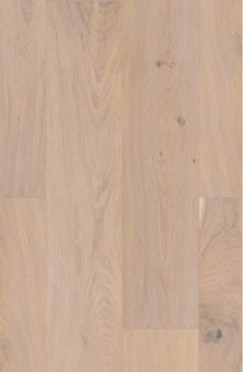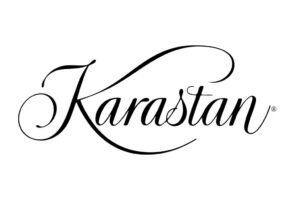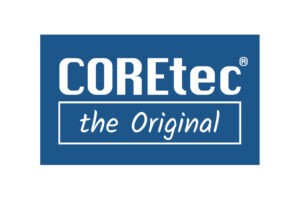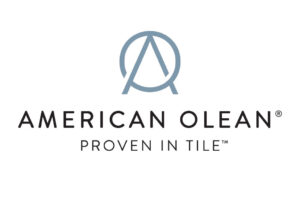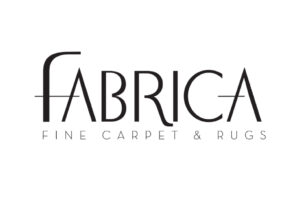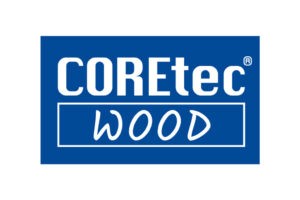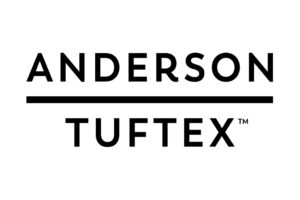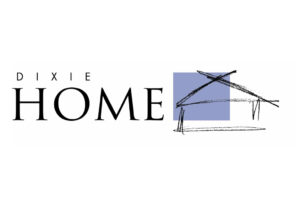hardwood
ADD A RICH, WARM LOOK
TO YOUR HOME
hardwood
BASICS
Long-Lasting Beauty of Hardwood
The rich, natural beauty of hardwood floors not only add warmth and style to a room, it increases the value of your home. When selecting hardwood there are several decisions that will affect the appearance of your floors, including the shade and color, wood species, surface texture and finish, and plank width. With an impressive selection of hardwood flooring, we have the perfect floor for you.
When envisioning the look of your new floor, the first decision is shade and color – light or dark wood? Honey or red toned? You should also consider the species you choose. The species of wood changes the presentation dramatically, from traditional oak to rustic hickory to exotic acacia trees. Wood species vary in graining, knotting, and coloring and can add a distinctive style to your room.
Unmistakable Character
The surface type of the hardwood also changes the appearance of the overall floor. Hardwood surfaces can be smooth with a matte or semi-gloss finish, or texturized by using a wire-brushed, hand-scraped, or distressed method that creates a worn, aged presentation. Additionally, plank width can alter the style from a thin and delicate traditional look to a wide, bold rustic décor.
Other factors that affect the price of your selection include the wood construction (either solid or multi-layered wood), and the thickness of each plank, which determines the amount of wood that is used for the project.
TYPES OF
hardwood
A Variety of Species
Hardwood floors come in a variety of species, including trusty domestics like oak, maple, and hickory, as well as exotics like tigerwood and Brazilian cherry. Each has its own unique characteristics. Color, grain pattern, surface knots, edge detail and gloss level are some of the aesthetics available to tailor your floor to your taste and décor.
A wood floor’s hardness rating will help you find a floor that can withstand scuffs, scratches, dents and everyday wear and tear. The hardwood hardness rating is a number based on a species’ resistance to indentation. At the top of the scale is Brazilian walnut (3680) with almost three times the hardness of red oak (1290), the median standard. A soft wood species like yellow pine (690) falls toward the bottom. Hardness ratings are important for active households with kids and pets, who can wreak havoc on wood floors over time.
Solid Vs. Engineered Wood
Solid wood planks are milled from a single piece of hardwood and covered with a thin, clear protective layer that often consists of aluminum oxide, ceramic or an acrylic substance. Solid wood flooring is available in a wide array of wood species—including oak, maple, and black walnut, as well as regional-specific choices like pecan, mesquite and others. This type of flooring should only be installed in parts of the home above grade and only over plywood, wood or oriented strand board (OSB) subfloors
Engineered wood is real wood flooring built in layers bonded together under heat and pressure. The top layer is solid wood, showing all the natural characteristics and beauty of the selected species. The multiple sub-layers contribute to a board with greater strength and stability than solid wood. Engineered hardwood floors are suitable for installation on all levels of the home and over plywood, wood, OSB, and concrete subfloors.
hardwood
MAINTENANCE
How Should I Clean My Hardwood Floors?
When it comes to cleaning hardwood floors, it’s best to follow manufacturer recommendations. Regular sweeping and vacuuming will keep dirt and dust off of your floors. But, when it comes to cleaning products, it is important to be careful. You should never use products designed to clean vinyl or tile floors, and it’s generally not a good idea to use oil soaps, ammonia-based cleaners, or certain waxes. If you aren’t sure of your flooring manufacturer, or if you’re unclear about cleaning guidelines, contact Hadinger Flooring.
Can I wet-mop my wood floors?
You should not wet-mop hardwood floors. Too much moisture can permanently damage wood flooring, causing cracking, splitting and discoloration. If you spill water on your floor, you should clean it up immediately with a clean cloth. The best rule is to follow manufacturer recommendations for cleaning – while a damp, almost dry mop may be recommended for maintenance, excessive water will definitely damage your floors.
How Do I Prevent Scratches?
Place area rugs, throw rugs or mats in high traffic areas to prevent scratches on your floors. In addition, use floor protectors on the feet of your furniture and be careful when moving furniture around a room. Be conscious of footwear (e.g., high heels can scratch and dent wood surfaces) and pets (e.g., keep pet nails trimmed to avoid excessive scratching).
Can Scratches Or Stains On Hardwood Be Repaired?
Yes, in many cases they can be. Techniques for repair depend on things like the extent of damage and the type of flooring finish that was originally used. If you have concerns about your floor, or questions about flooring repair, feel free to contact us. We’ll walk you through our available services for hardwood cleaning, repair and restoration.
